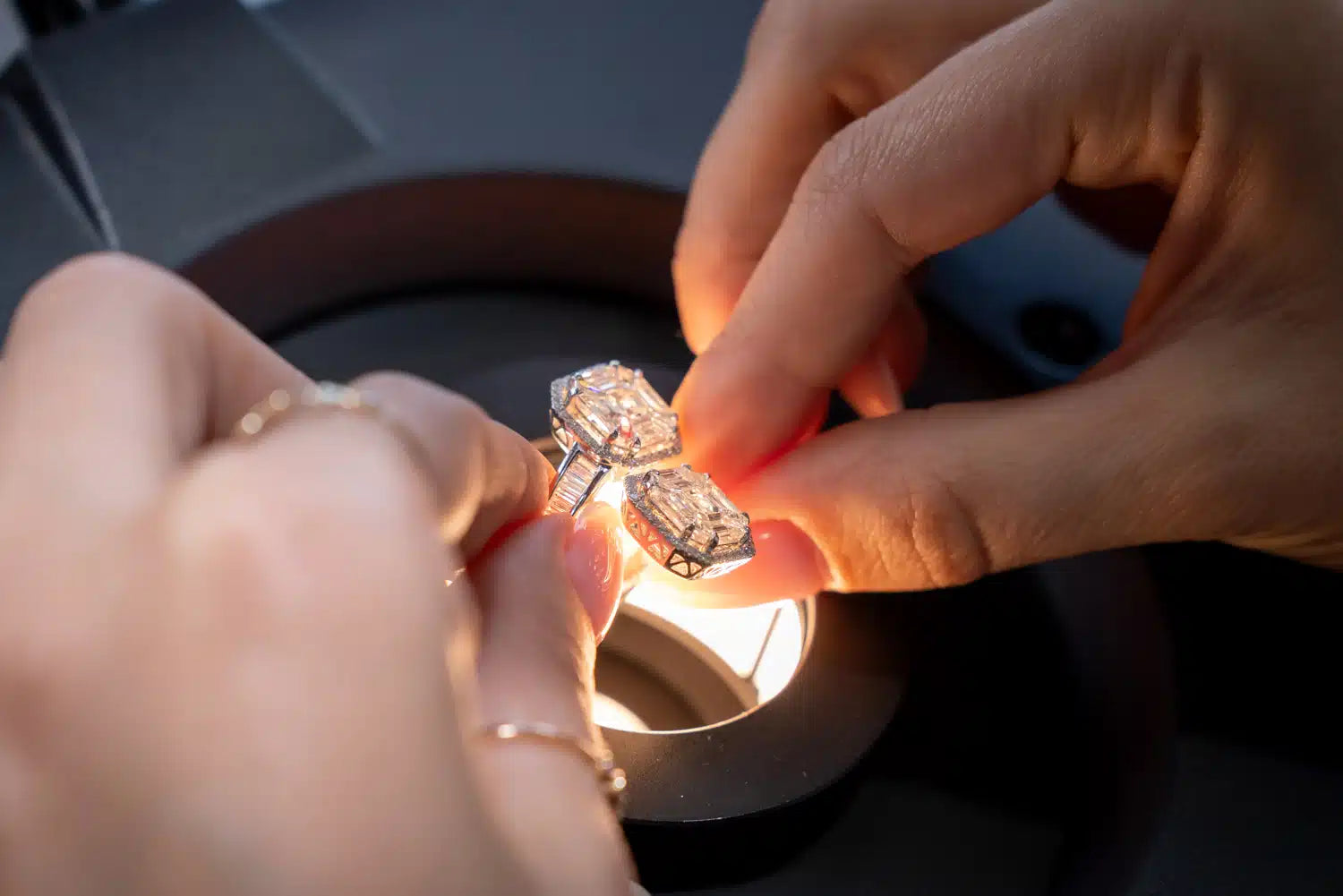
Lab Grown Diamonds
Lab grown diamonds - also known as "laboratory grown diamonds" or "lab created diamonds," are produced using modern technology.
Lab grown diamonds are optically, chemically and physically identical to natural diamonds which formed billions of years ago, deep in the earth. Once cut and polished they cannot be distinguished or separated from natural diamonds without examination by trained experts using sophisticated instruments. They are graded using the same 4Cs as natural diamonds; carat, color, clarity and cut.
Note:IGI uses the term lab grown diamonds to refer to man-made gemstones which are optically, chemically and physically identical to natural diamonds. While this is one of several terms used for legal trade in the USA, be advised that some countries disallow those terms, requiring use of “laboratory grown diamond” (unabbreviated) or a separate term like “synthetic diamond,” to clearly differentiate the product.
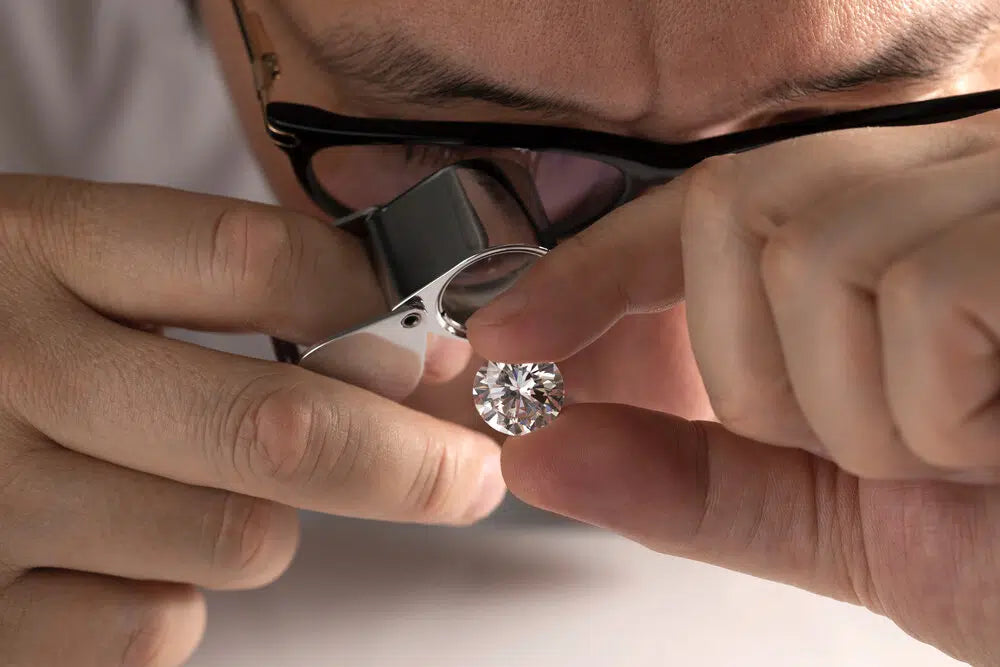
Are Lab Grown Diamonds Real?
Yes. Lab grown diamonds are real. They are not simulants like CZ or Moissanite. Lab grown diamonds are not “fakes.” Aside from subtle carbon distinctions, they are chemically identical to natural diamonds. The technical difference is that they’re not billions of years old. Lab-grown diamonds are grown in factories using sophisticated chemical synthesis over a period of 1-4 weeks. Once grown, they are polished with the same tools and brought to market in the same manner as natural diamonds.
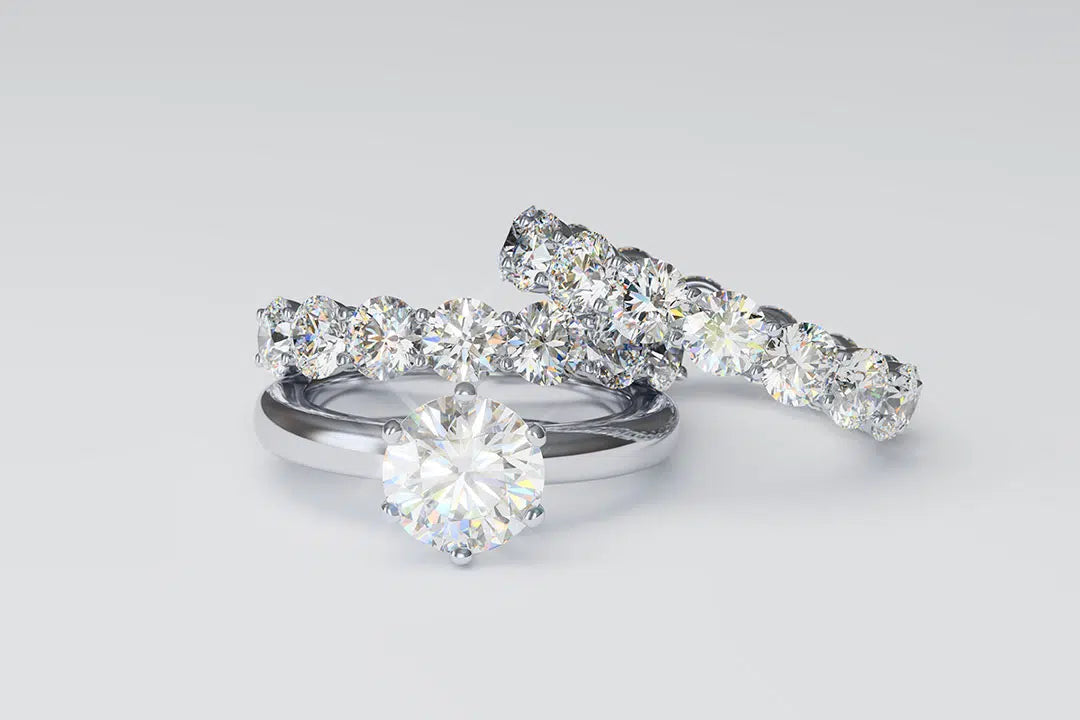
Are Lab Grown Diamonds Synthetic?
Technically yes. Lab grown diamonds are created using chemical synthesis, but the FTC considers that term confusing. This is logical, since water is technically H2O, but in a restaurant we ask for “water.” So, while you may see the term synthetic diamond in science journals and research papers the diamond and jewelry industries widely uses the term “lab grown diamond.”
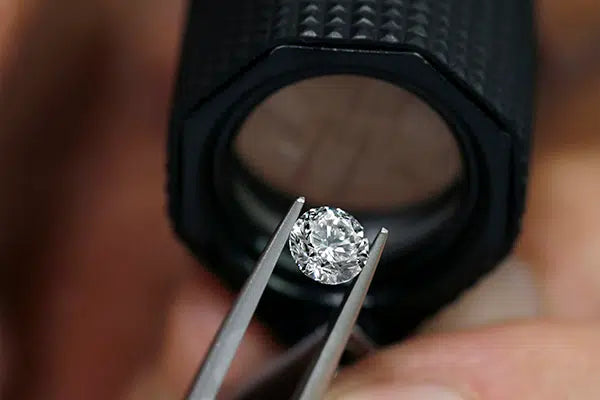
Lab Grown Diamonds vs Natural Diamonds
Just like natural diamonds, lab grown diamonds rank 10 on the Mohs hardness scale. No other material comes close. “Corundum,” which produces both rubies and sapphires, ranks 9 on the hardness scale. But the 10 of diamonds is nearly 10X as hard as corundum’s rating of 9. Simply put, nothing else comes close to the hardness of both natural and lab grown diamonds.
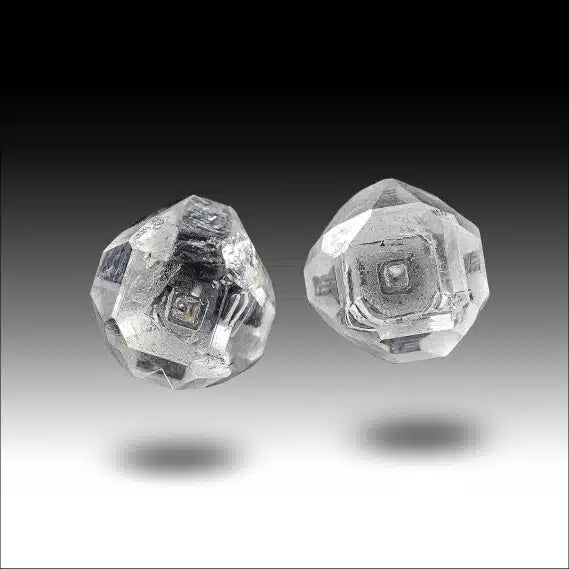
What is a lab grown diamond?
A lab grown diamond is a real diamond, like one extracted from the earth, but created in a lab over weeks using one of two sophisticated growth methods. The first method, High-Pressure High-Temperature (HPHT) replicates the extreme conditions deep within the earth during the supercontinent cycle, billions of years ago, which caused natural diamonds to slowly form. The other method, Chemical Vapor Deposition (CVD), heats hydrocarbon gas into plasma, separating the carbon atoms and using them to create a lab grown diamond crystal, layer by layer.
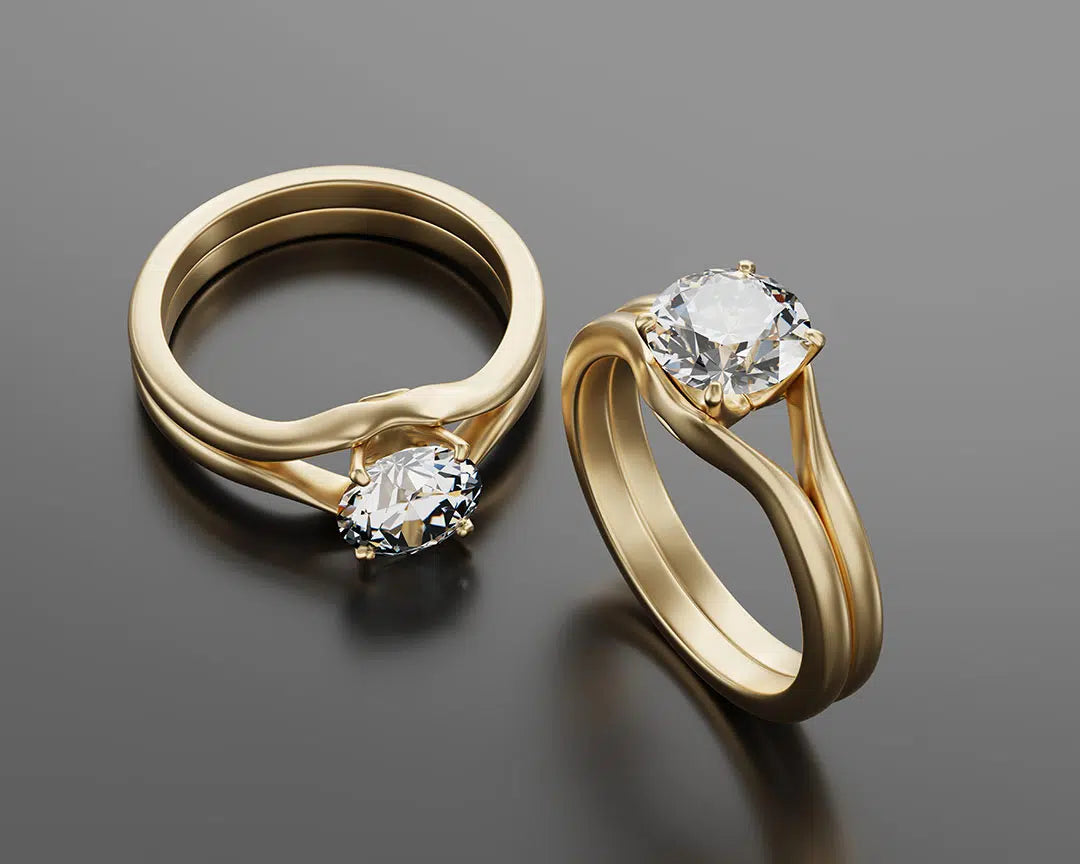
Do lab grown diamonds look the same?
Yes. Lab-grown diamonds have identical refractive index and optical qualities. Lab grown diamonds are even graded using the same diamond color and clarity scales as natural diamonds. Experienced gemologists and jewelers may be able to identify characteristics that point to lab grown origin, but when casually viewing diamond rings they are identical to natural diamonds and cannot be decisively separated without expert analysis using sophisticated instruments.

Is lab grown diamond jewelry less expensive?
Yes. Lab grown diamonds and lab diamond jewelry trade for notably lower prices than comparable natural diamonds and natural diamond jewelry. The principle of accelerating change suggests that technological improvement may continue making lab grown stones even more cost-effective to produce.
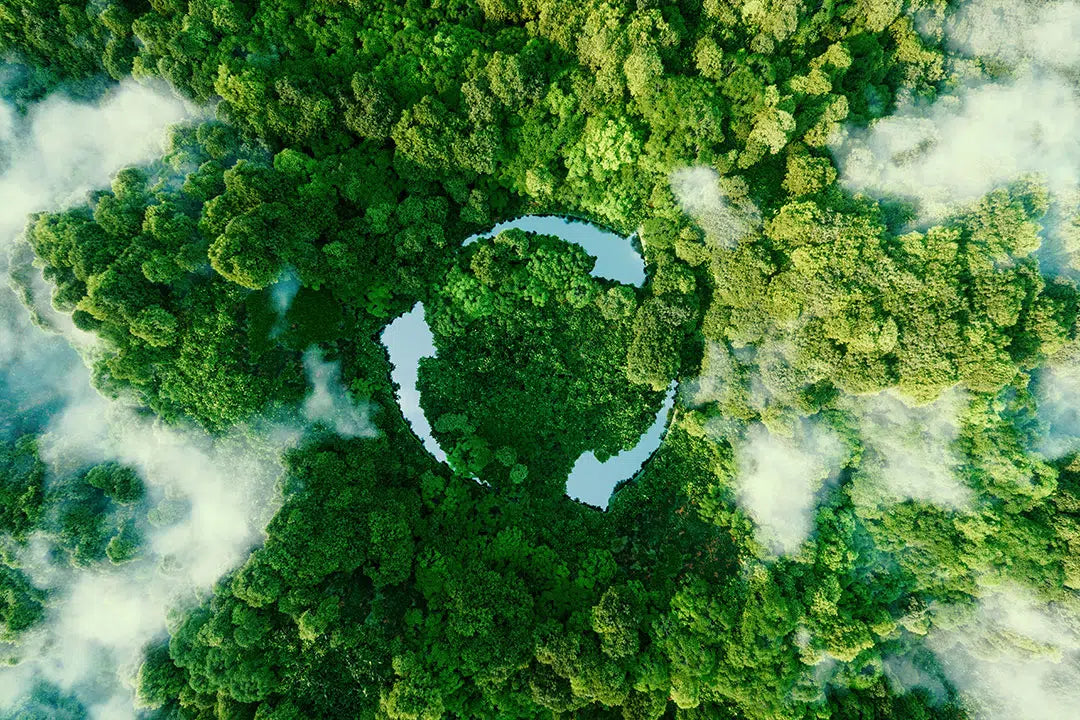
Are lab grown diamonds sustainable?
No. The vast majority are not. The presses and reactors used to produce them require enormous amounts of energy, and most lab grown diamond growers power their operations by burning fossil fuels. Therefore terms like “sustainable,” “green” and “eco-friendly” cannot currently be associated with lab grown diamonds. With that said, a small number of producers using wind, solar and hydroelectric sources to power their operations are growing “sustainable” lab grown diamonds. These are typically supported with certification from a third party sustainability auditor, attesting to their authenticity. Those seeking planet-friendly gemstones should include such proof in their search requirements.
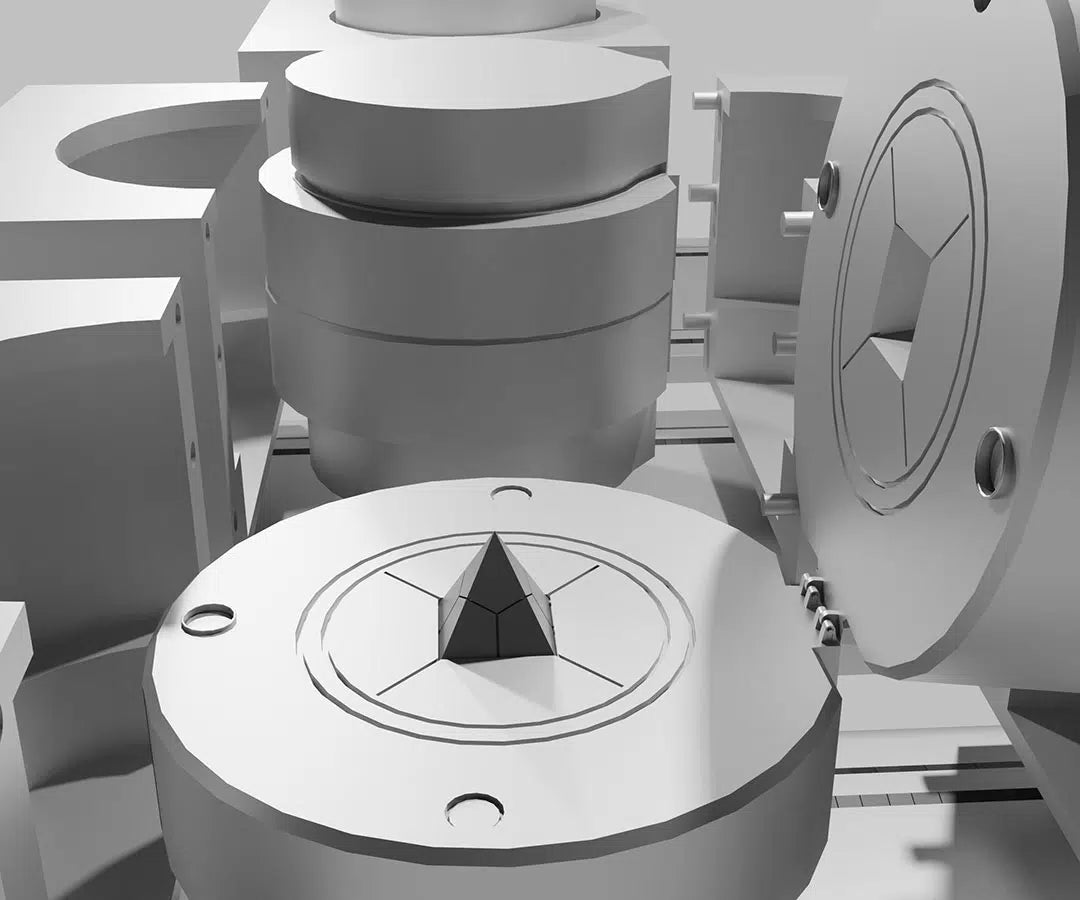
See how lab diamonds are made
Lab grown diamonds are diamonds that are created in controlled laboratory environments using two processes; one which replicates the extreme pressure and heat conditions that caused natural diamonds to form over millions of years, and another that uses energy to form diamond crystals, atom by atom. When cut and polished loose lab grown diamonds are chemically and physically identical to loose mined diamonds, and possess the same sparkle, brilliance, and cutting ability. The main difference lies in their origin and the much faster creation process, taking weeks to grow in a lab compared to eons underground.
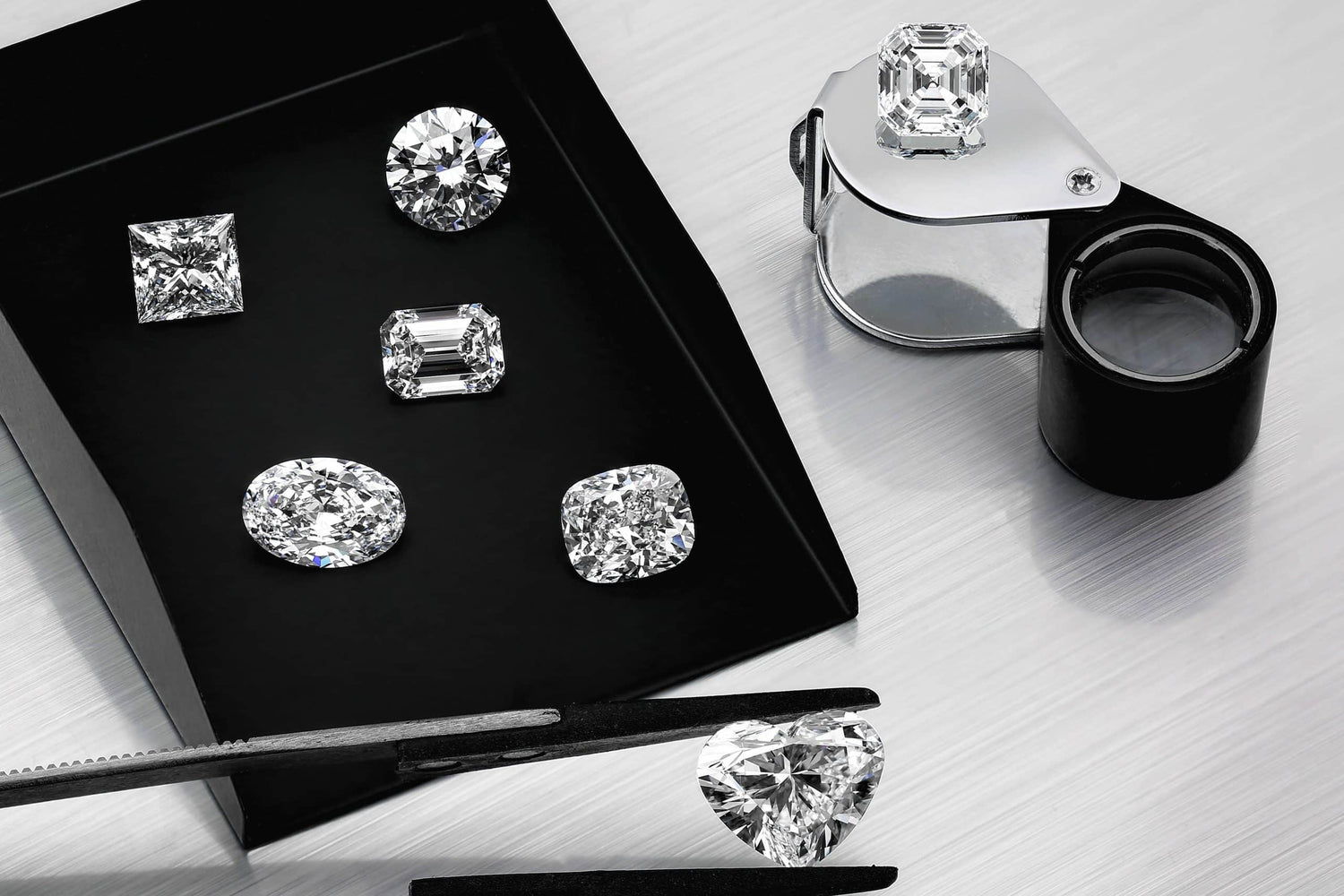
Are lab grown diamonds available in different shapes?
Yes. Lab grown diamonds are available in all fancy shapes including oval, princess, cushion, emerald, heart, pear, radiant, etc. just as natural diamonds are. There are even new shapes and faceting patterns, never seen before, being designed and brought to market.

